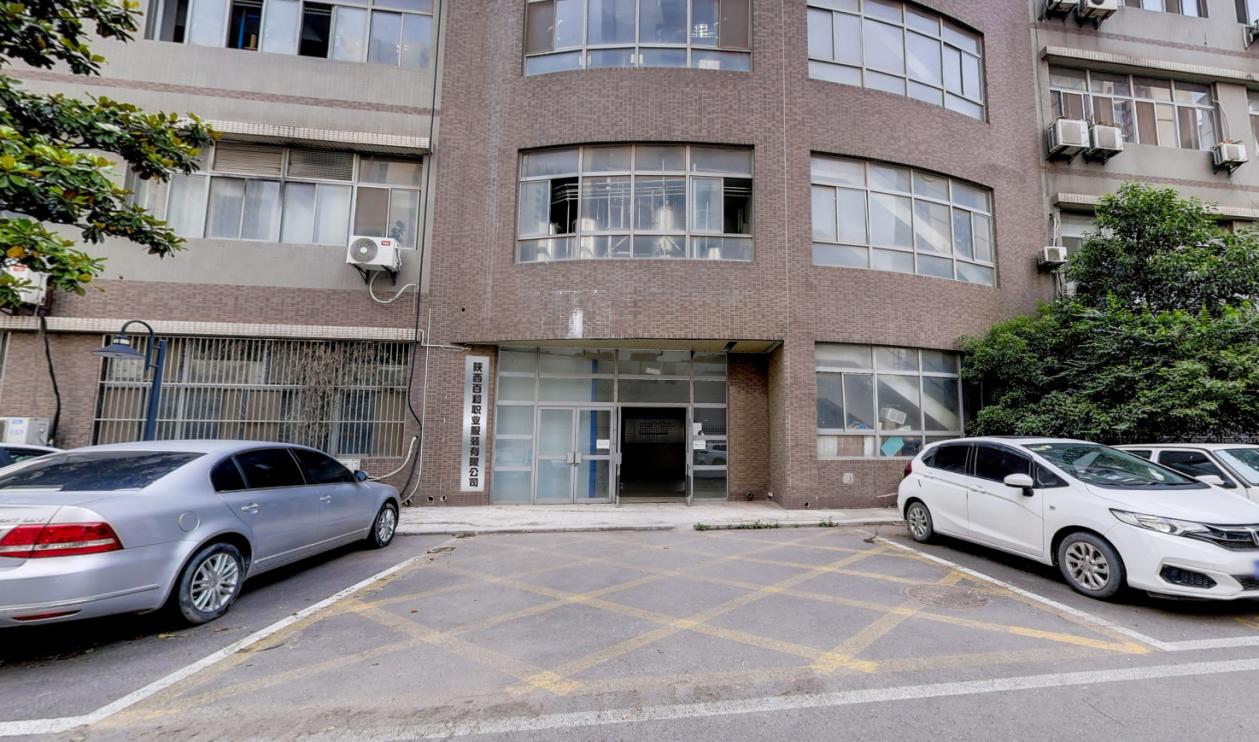NASA鈥檚 beleaguered James Webb Space Telescope (JWST) is facing yet another delay, and will not launch until March 2021. That鈥檚 ten months later than the tentative schedule that the agency announced just three months ago. To meet the new target, NASA must persuade lawmakers in Congress to approve the mission鈥檚 higher price.
The space agency estimates that the latest delay will add US$800 million to the telescope鈥檚 cost, on top of the $8 billion Congress had already approved for its development. NASA plans to make up that shortfall in part by using money that had been intended to support the telescope鈥檚 science operations in space. Still, the delays will loom over the agency鈥檚 astrophysics budget, with unknown effects on the next big space telescope in NASA鈥檚 queue: the Wide-Field Infrared Survey Telescope (WFIRST).
鈥淚鈥檓 not happy sitting here,鈥?said Thomas Zurbuchen, NASA鈥檚 associate administrator for science, at a 27 June news briefing on the delay. But he said that ensuring a successful mission was worth the extra time and money. Each day of delay costs the project roughly $1 million.
鈥淛WST should continue because of the compelling science and because of its national importance,鈥?said Thomas Young, a retired executive with Lockheed Martin in Bethesda, Maryland. He oversaw an independent review of the telescope project that led to the new schedule and budget estimates.
Members of Congress have sharply criticized NASA for previous JWST delays, and the latest announcement looks to continue the pattern. 鈥淧rogramme delays and cost overruns don鈥檛 just delay the JWST鈥檚 critical work, but they also harm other valuable NASA missions, which may be delayed, defunded, or discarded entirely,鈥?said Representative Lamar Smith (Republican, Texas) in a statement. Smith is chairman of the House Committee on Science, Space and Technology, which will hold a hearing next month on the telescope鈥檚 future.
Errors add up
JWST is the most complex astronomical telescope ever built, and problems have piled up during the final stages of its development. The observatory is currently in a clean room at Northrop Grumman Aerospace Systems in Redondo Beach, California, where it is undergoing extensive testing before launch. Among other issues, various screws and washers came loose from the covers of its sunshield during acoustic testing. Two have not been found.
The independent review found that engineers made several errors at Northrop, including using the wrong solvent to clean valves, so that they later leaked, and not tightening the sunshield fasteners properly.
JWST has a 6.5-metre-wide segmented mirror that will launch in a folded configuration and then unfurl like flower petals once it is in space. The telescope鈥檚 sunshield must also deploy without a hitch. JWST is technologically more complex than the orbiting Hubble Space Telescope, whose primary mirror was ground incorrectly, a problem discovered only after launch. Astronauts fixed Hubble鈥檚 vision in low Earth orbit with corrective optics; repairs in space won鈥檛 be possible for JWST, which will orbit at a point in space 1.5 million kilometres from Earth.
Until last September, JWST was on track for an October 2018 launch. Then NASA pushed the launch to June 2019, then May 2020 and now March 2021.
Decadal detour
The previous delay, which NASA announced in March, prompted Zurbuchen to propose that the US astronomy community postpone its next 鈥榙ecadal survey鈥? This influential process, which takes place every ten years, asks astronomers to decide which scientific questions their field should tackle and what facilities they should build to answer those questions. The next decadal survey is due in 2020, and preparations for it were well under way when Zurbuchen suggested delaying it until JWST could be launched.
But the two other agencies involved in the astronomy decadal survey 鈥?the US National Science Foundation and the Department of Energy 鈥?did not want to put it off. And neither did most astronomers polled by the US National Academies of Sciences, Engineering and Medicine, which oversees the survey. In late May, Zurbuchen reversed his stance, and the survey is now on track to meet its original deadline.
JWST is scheduled to go into space aboard an Ariane-5 rocket provided by the European Space Agency, from the Kourou launch facility in French Guiana.
Budget worries
It"s not clear how the JWST woes will affect the rest of NASA鈥檚 science missions. But on 27 June, Paul Hertz, the agency"s head of astrophysics, told an advisory committee that the rising costs for JWST were "likely to impact other science programmes".
At particular risk is WFIRST, slated for launch in the mid-2020s. Just as JWST was the highest priority recommendation from the 2000 decadal survey, WFIRST was the highest priority in the 2010 decadal survey. Both are being developed by NASA鈥檚 astrophysics division. The Trump administration has proposed cancelling WFIRST, although Congress has so far come to its rescue with continued funding.
Delays to the JWST launch date will hit early-career scientists particularly hard, says Leigh Fletcher, a planetary scientist at Leicester University, UK, who plans to use JWST to study Jupiter. 鈥淥pportunities for new research positions and fellowships to exploit Webb data get pushed further into the future, sometimes beyond the event horizon of fixed-term job contracts,鈥?he says.
In the long run, the telescope promises revolutionary research that cannot be achieved any other way, says Jason Kalirai, an astronomer at the Space Telescope Science Institute in Baltimore, Maryland, and the project scientist for JWST. In a preprint posted in May, he reviewed the discoveries that the telescope might make as it probes the earliest galaxies in the Universe and the atmospheres of planets around other stars1. 鈥淲e need JWST to make the next big breakthroughs in astrophysics 鈥?and are willing to wait for it,鈥?he says.
Nature 559, 16-17 (2018)
 时尚街拍网
时尚街拍网














